Varicose and Spider Veins: Causes, Symptoms, and Treatments
Most of us working 9 to 5 everyday know the struggle of leg cramps and restless leg syndrome. However, did you know that apart from these symptoms, we are also prone to varicose and spider veins?
Whether you are a corporate worker who has to sit in front of a computer or a retail worker who has to stand at work all day, our nature of work can be taxing for our veins and it can also cause blood pooling in our legs.
With that, we shed some light on the causes, symptoms, and treatments for varicose and spider veins.
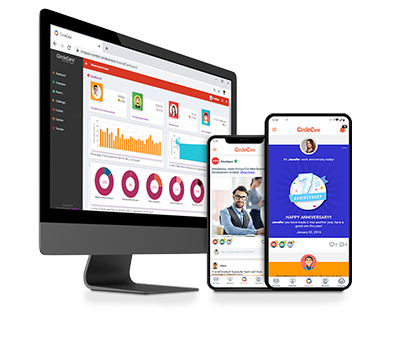
Corporate Wellness App
CircleCare
Varicose Veins and Spider Veins
It is worth noting that while varicose and spider veins are almost similar, they slightly differ especially in appearance.
Spider veins are smaller varicose veins. When left untreated, it can worsen and progress into varicose veins.
Varicose veins, on the other hand, are large, twisted damaged veins that bulge on the surface of your skin. What makes them different from spider veins is that they might be symptoms or might lead to other medical conditions.
For instance, varicose veins are a risk factor for the development of deep venous thrombosis (DVT). Other than that, there have been studies that say fatigue is linked to this vein condition as well.
So despite the fact that varicose and spider veins are normal among adults and are often not considered a serious medical problem, you should still not be complacent and always be on the lookout for how your damaged veins progresses over time.
Causes
There are many causes and risk factors associated with spider and varicose veins. One of its leading causes is venous reflux or chronic venous insufficiency (CVI). It is a condition where the veins in your legs restrict your blood to flow back up to your heart. This results in blood pooling in your saphenous veins, which then makes your vein bulge on the surface of your skin.
As for the risk factors, women are more likely to experience it than men. In fact, the National Institute of Health recorded that by the age of 50, nearly 40% of women and 20% of men will experience significant leg vein problems such as varicose and spider veins. This may be due to the fact that another risk factor for varicose veins is pregnancy. Many studies have shown that pregnant women are more likely to develop varicose veins due to the sudden hormonal changes in their bodies. With that said, taking contraceptive or hormone replacement pills is also a risk factor for this vein condition.
Other risk factors include sudden weight gain, obesity, older age, being immobile, smoking, and leg injuries.
Symptoms
Varicose and spider veins are often easy to spot. They tend to be blue or purple color found in your legs, feet, and ankles.
But other than its obvious appearance, it can be accompanied by other symptoms as well such as discoloration, sore legs, swelling, rash, pain, and even fatigue.
One study found that people who stand all day at work, especially women, have a higher tendency to varicose veins and nocturnal leg cramps.
As for people who have varicose veins due to chronic venous insufficiency (CVI), other symptoms may also manifest such as edema, eczema, pigmentation, lipodermatosclerosis, and even ulcer.
So with all of these in mind, it is best to always have your varicose and spider veins checked. This way you can detect the symptoms early and find a way to avoid other medical conditions as well.
Treatments
Varicose veins do not naturally and permanently go away over time. That is why many people often turn to their vascular surgeon or vein specialist to have it removed.
If you live in any of the big cities in the United States, then finding a specialist or a clinic that would cater to all your unique needs is not that difficult. There are tons of varicose vein clinic located in Dallas, Los Angeles, Chicago, Phoenix, and many more.
They often offer minimally invasive treatments such as sclerotherapy, radiofrequency ablation, endovenous laser treatment, phlebectomy, and so on. These types of treatments can be done in an outpatient setting and it generally takes less than an hour to complete.
As for severe varicose veins, some experts recommend vein ligation and stripping. In contrast to the minimally invasive treatments, vein ligation and stripping requires general anesthesia or spinal anesthesia.

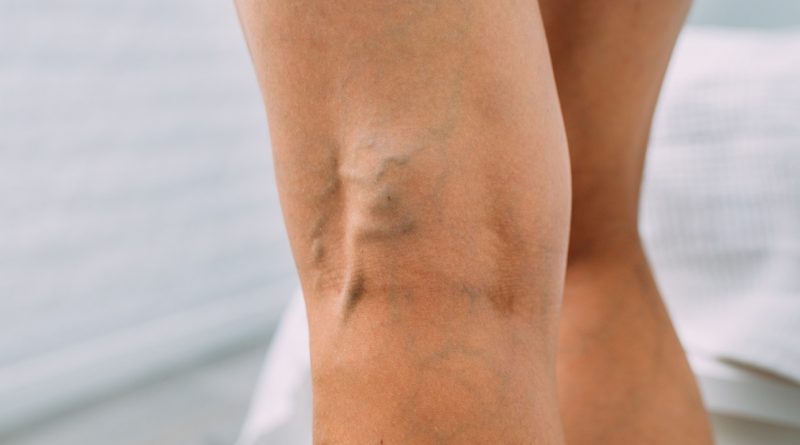
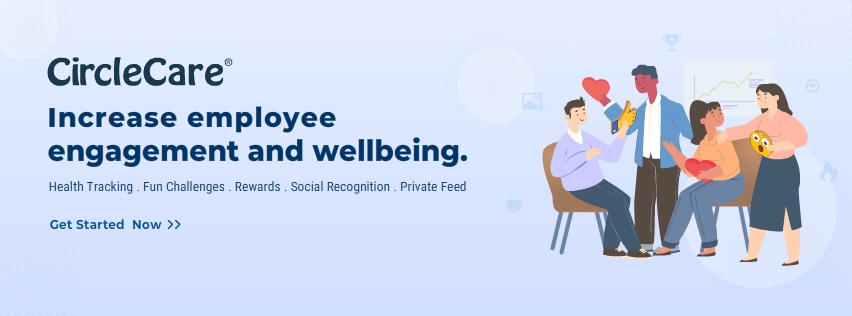
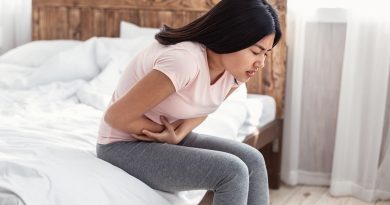

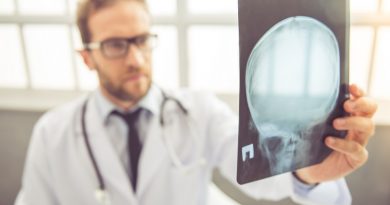
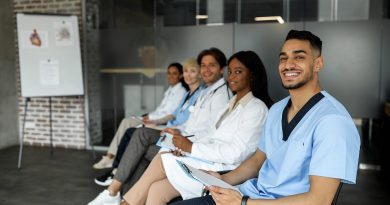
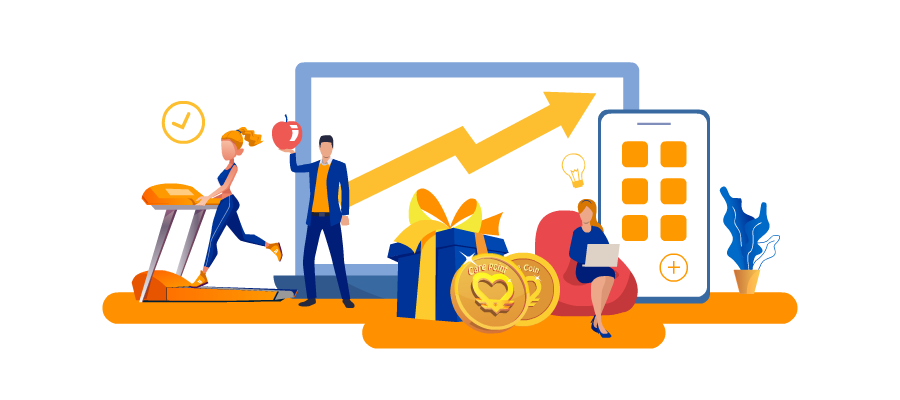

Pingback:The Benefits of Endovenous Laser Treatment for Varicose Veins - CircleCare
Pingback:Improving Your Quality of Life with Vascular Surgery for Spider and Varicose Veins - CircleCare
Pingback:5 Simple Steps to Enhance The Blood Flow In Your Legs - CircleCare